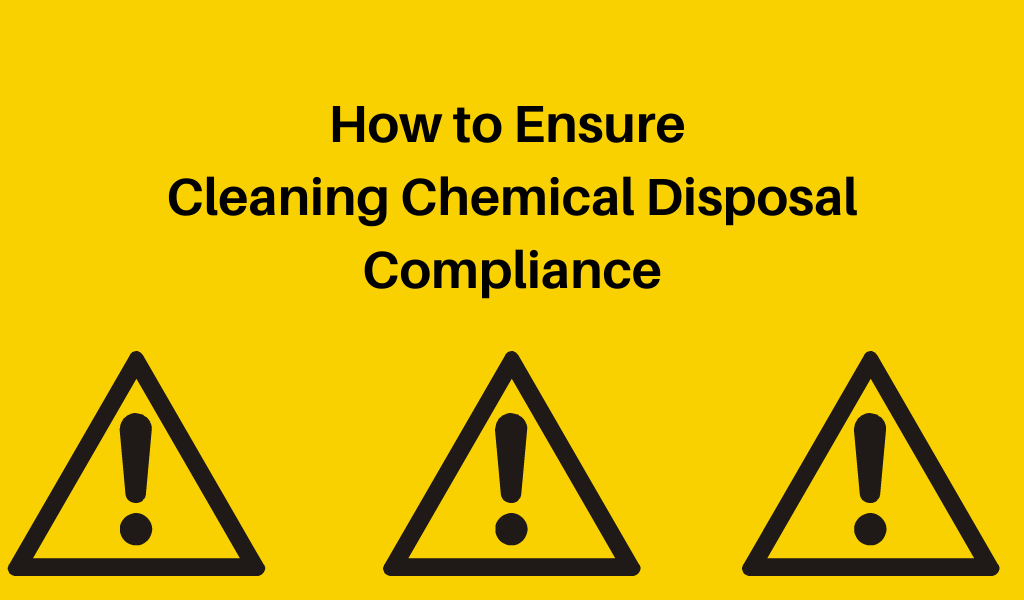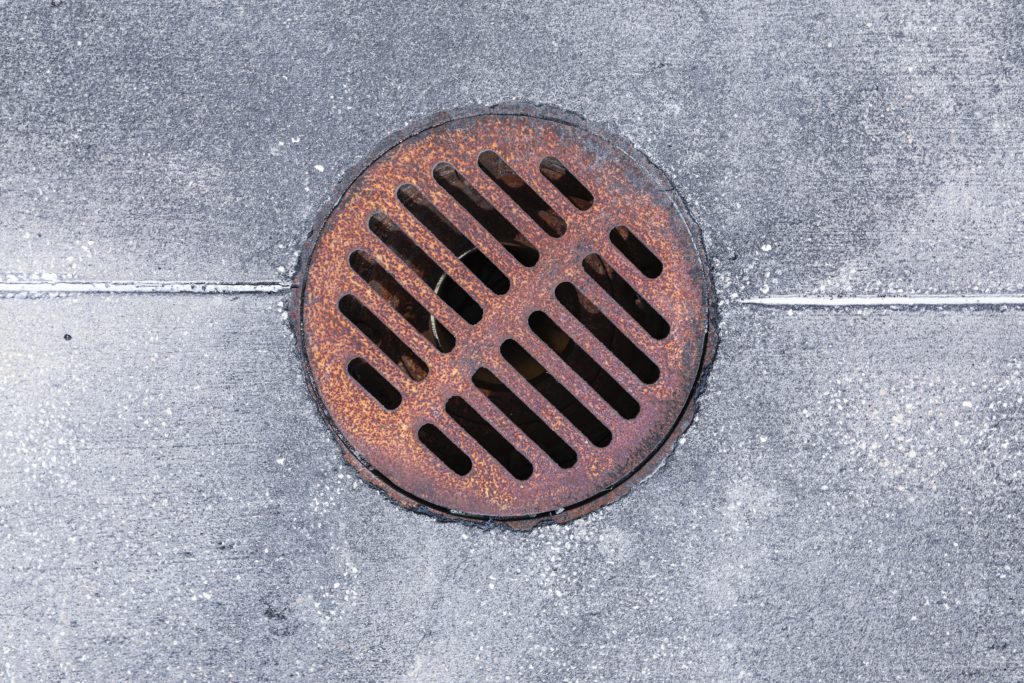Proper cleaning chemical disposal is more important than ever. Here’s what you need to know.
There was a time when cleaning chemical disposal meant dumping everything down the drain. We now know that doesn’t make those chemicals magically disappear. Instead, they end up in local waterways, introduce pollutants into the air, and generally damage the ecosystem.
As a result, states and countries enacted a variety of regulations to limit the impact of cleaning chemical disposal on the environment. This doesn’t just apply to cleaning chemicals, of course. Many of these regulations deal with anything from industrial hazardous waste to home-use products.
Admittedly, attempting to sort through government regulation websites can be daunting. And in theory, cleaning products could fall under the regulation of various statutes, such as the Resource Conservation and Recovery Act (RCRA), the Clean Water Act, the Toxic Substances Control Act, or any number of state or local ordinances. It’s not a lost cause, though. Many of the regulations boil down to something along the lines of using care and common sense when you dispose of cleaning solutions.
Keep track of inventory, work orders, inspections, and more with Janitorial Manager. Learn more today with a free discovery call!
How to make your cleaning chemical disposal problem-free
Let’s set aside compliance for a moment. You aren’t dealing with asbestos removal or radiation here, nor are you doing clean-up of a brownfield. We’re talking about basic cleaning chemical disposal, which actually gives you a lot of flexibility.
You still do need to take compliance into account, of course. But some of the most stringent requirements and regulations may not apply to you at all.
In fact, one of the most significant steps you can take is to use products on the EPA’s Safer Chemical Ingredients List. This list addresses “a broad range of potential toxicological effects, including:
- carcinogens, mutagens, reproductive or developmental toxicants
- persistent, bioaccumulative and toxic chemicals
- systemic or internal organ toxicants
- asthmagens
- sensitizers
- chemicals on authoritative lists of chemicals of concern
Additionally, you can filter the list by “functional use,” including antimicrobial activities and surfactants. Switching to these green cleaning products will minimize any compliance issues and make your commercial cleaning company more attractive to LEED-certified locations.
Another recommendation that should be easy to follow, especially since it will save you money, is to use your cleaning products at the recommended strength and use all of them before disposing of any packaging.
When you do have hazardous products to dispose of, be sure to separate and label them. And make sure they are separate from one another. Mixing chemicals like ammonia and bleach-based products can result in deadly, odorless fumes.
Seal these products in bins or plastic bags, doubling up if you need to prevent leaks, label the bin as hazardous waste, specify what is in the bin, and add the date. If you need to store cleaning chemicals before you can get rid of them, ensure they are in a safe, locked area well away from food products and areas of heavy traffic. Additionally, make sure the space is cool enough that flammable products won’t ignite.
Removing Chemical Waste
One thing that’s important to point out is that cleaning chemical disposal may be regulated not only in how you store it, but also in how you remove it. For example, some states require licensed providers to transport hazardous waste.
Once you do remove chemical waste, the RCRA requires that it go to a hazardous waste management unit. These facilities follow federal guidelines for the storage, treatment, and ultimate disposal of chemical waste.
Outside of federal and state guidelines, however, there are also facility requirements for cleaning chemical disposal. For instance, the University of North Carolina at Chapel Hill has a comprehensive policy covering waste storage and removal that includes aerosol cans, fluorescent bulbs, and even biodegradable cleaning supplies, as “some of these products use ‘creative labeling’ and are toxic to aquatic life.” Similarly, Buffalo’s State University of New York has a complete guidebook on handling hazardous waste materials.
Ultimately, the goal of these regulations is to keep chemical waste out of the environment. And the easiest way to do that is to use products that have minimal environmental impact.
Harness the value of Janitorial Manager to streamline your cleaning operation like never before. Learn more today with a free discovery call and find out how to make your cleaning operation more efficient and cost-effective!


